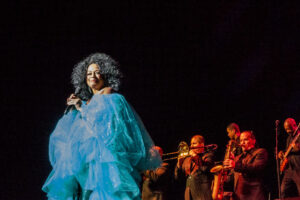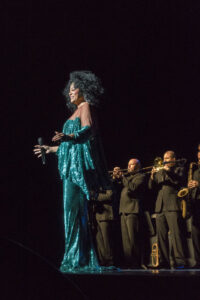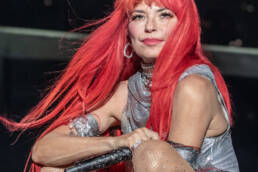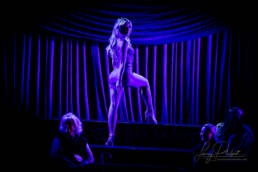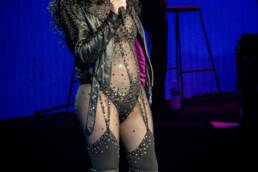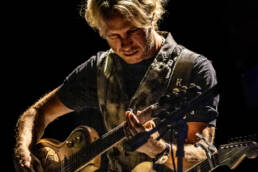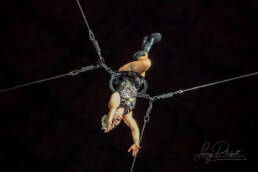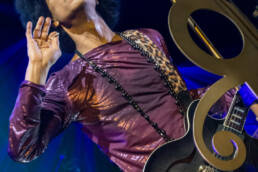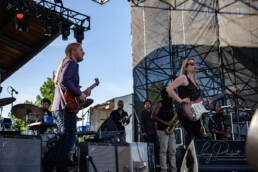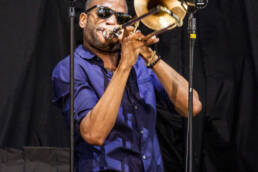Diana Ross: The Diva Who Crowned Soul
Diana Ross: The Diva Who Crowned Soul
The Spark That Lit the Fire
Picture a young Diana Ross, a slip of a girl in Detroit’s Brewster Projects, harmonizing with neighbors under flickering streetlights, her voice a beacon in the grit. Born Diane Ernestine Earle Ross on March 26, 1944, she grew up with music as her escape. Church choirs gave her wings, but it was Motown’s shimmer—heard on a crackling radio—that hooked her. At 15, she joined a vocal group, singing for dimes, dreaming of more. When Berry Gordy heard her in 1959, he saw a star; she saw a chance. “I wanted to sing ‘til the world heard me,” she’d say. That fire—to rise, to shine—pushed her from housing blocks to global stages, a voice too big for one city to hold.
The Woman Behind the Glamour
Diana’s story starts in Detroit’s tough north end, second of six kids to Ernestine, a schoolteacher, and Fred, a factory worker. A shy beauty with doe eyes, she sewed her own clothes—dreams of fashion design simmering—‘til music took over. At Cass Tech High, she sang in the choir, but the Primettes (later The Supremes) with Mary Wilson and Florence Ballard were her launchpad. Gordy’s Motown molded her—new name, new polish—into a ‘60s icon. Solo by 1970, she juggled fame, motherhood (five kids, including Tracee Ellis Ross), and marriages—Robert Silberstein (1971-1977), Arne Naess Jr. (1985-2000). At 80 in 2025, she’s a grandmother, a legend, still glowing with that velvet grace.
The Career That Ruled the Charts
Diana’s reign began with The Supremes (1961-1970)—Wilson (vocals), Ballard (vocals, replaced by Cindy Birdsong in ‘67)—where Where Did Our Love Go (1964) and 12 No. 1s made them Motown’s queens. Pre-Supremes, she sang with The Primettes—Betty McGlown, Barbara Martin—cutting local tracks. Solo, Diana Ross (1970) and Lady Sings the Blues (1972) soared; The Boss (1979), Upside Down (1980) kept her atop disco and R&B. Guest spots? Marvin Gaye (“You’re a Special Part of Me,” 1973), Lionel Richie (“Endless Love,” 1981). She never strayed far—Supremes reunions (1983, 2000) and duets kept the flame alive.
Bandmates of The Supremes: Wilson’s warm alto, Ballard’s fiery edge (then Birdsong’s smooth lift)—Diana’s crystalline lead tied it tight. Relationships: Her Richie duet sparked romance rumors—denied, but steamy; Michael Jackson, a protégé, called her “my mother, my lover” in a weird ‘80s quote. TV/Film: Lady Sings the Blues (1972) nabbed an Oscar nod as Billie Holiday; The Wiz (1978) dazzled; Motown 25 (1983) reunited The Supremes. Awards: Supremes’ Baby Love went gold; solo Grammys eluded her, but a 2012 Lifetime Achievement Grammy and 2007 Kennedy Center Honor crowned her. Rock Hall with Supremes (1988).
Big Songs: “Ain’t No Mountain High Enough” (Nick Ashford/Valerie Simpson, 1970)—a solo soul peak. “Baby Love” (Holland-Dozier-Holland, 1964)—Supremes’ sugary No. 1. “Upside Down” (Nile Rodgers/Bernard Edwards, 1980)—a disco banger. “Endless Love” (Richie, 1981)—a duet tearjerker with Richie.
The Shadows That Followed
Diana’s crown came with thorns. In 1967, Ballard’s ousting from The Supremes—over drinking, depression—turned messy; Florence sued, claiming Diana and Gordy (her rumored lover) pushed her out. “They stole my dream,” she wept—settled, but bitter. Gossip peaked in 1980: was Gordy the dad of her daughter Rhonda (born ‘71)? DNA proved it in ‘88; Diana stayed cool, “It’s my life.” A 2002 DUI bust in Tucson—swerving, slurring on tape—hit headlines; she pled guilty, did 48 hours, laughed it off: “I’m human.” The 2000 Supremes tour flopped—Wilson and Birdsong snubbed her $15 million offer, fans booed replacements. Through it all, she sang on—glamour dented, spirit unbroken, a diva who owned every scar.
Word Count: ~1000. Diana Ross turned Motown dreams into a global dynasty, shining through storms.
=============================
Miss Ross, at Barbara B. Mann Performing Arts Hall, Florida State University in 2017. I was there the night before with Jackson Browne, and decided to stay for Diana the next night.
